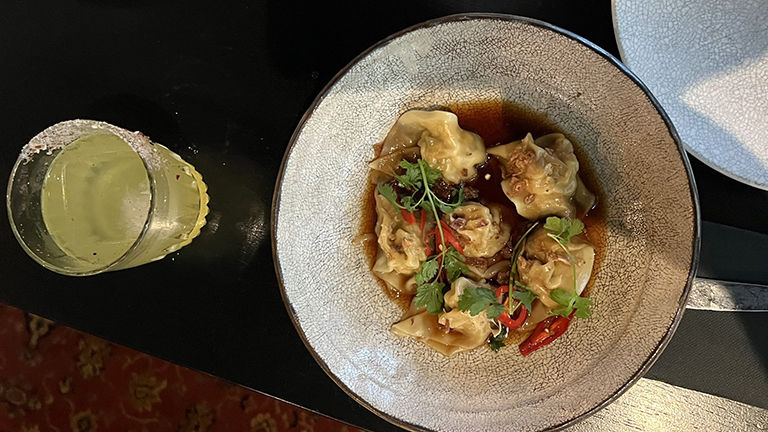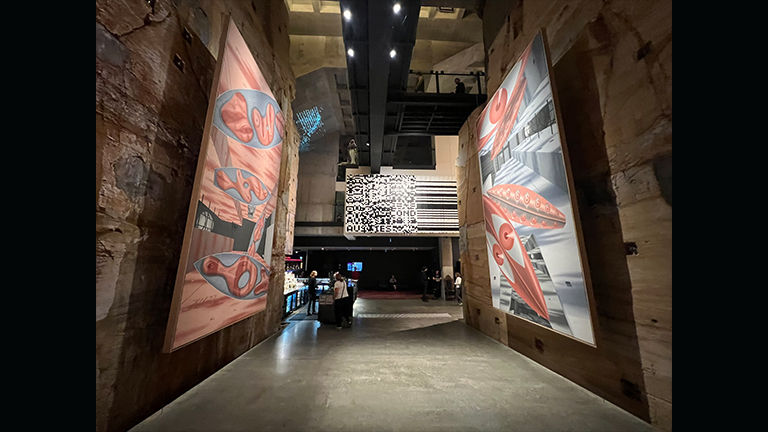Tasmania — an island state of Australia — has been getting more attention from foreign visitors for some time, and now, the capital city of Hobart seems to be having a moment in the southern hemisphere sun, as well.
The city’s harbor is one of the best around, and there’s a sophisticated cultural and food scene. A recent Travel + Leisure poll even named Hobart the best city in Australia, leaving Sydney and Melbourne in the dust.
With a host of things to see and do, this city of just 200,000 people punches well above its weight. Here’s your guide to the best and brightest offerings in Hobart.
When to Visit
When making travel plans, keep in mind that North American winter is summertime in Australia. It can get exremely hot in many parts of the country during this time — but fortunately, Hobart is roughly 650 miles south of Sydney, affording it cooler temperatures. Average daytime highs in Hobart in January are around 70 degrees and rarely get into the 80s, so it’s very comfortable.
Where to Stay
The Tasman, a Luxury Collection Hotel — Australia’s first Marriott Luxury Collection property — opened in December 2021, so it’s still fresh and bright. The 152 guestrooms and suites are housed in both a historic 1840s Georgian building and a modern extension. Rooms in the historic wing are carved out of what was a regal government building and feature high ceilings, fireplaces, exposed sandstone walls and local artwork. The property sits just a half-block from the bustling waterfront and steps from great shopping and restaurants.
 The Tasman Hotel is a Marriott Luxury Collection property.
The Tasman Hotel is a Marriott Luxury Collection property.
Credit: 2024 Adam GibsonDon’t miss a delectable cocktail from on-site, speakeasy-style Mary Mary bar, or a modern Italian meal at Peppina, a brassy spot that feels like it could be at home in Southern California. The local kingfish is delicious, and the polpette al forno pasta with wagyu beef and pork belly ragu is rich and decadent. Tuck into baked scallops with almond butter and chile oil, and save some bread for dipping later. The hotel also puts on an outstanding breakfast buffet, including silky omelets, salads, smoothies and Australian cheeses.
The luxury, waterfront Macq 01, meanwhile, bills itself as a storytelling hotel. Each of the 114 guestrooms is based on one of five Tasmanian character traits; for example, “Fighting Believers” are straight and to the point, and rooms themed after this trait are simply decorated, with no flashy displays of color. “Colorful and Quirky” rooms, on the other hand, represent those who are eclectic and free-spirited, using contrasting materials, pops of color and shiny surfaces. Don’t miss the storytelling tours here from Frederick Cygnet, a gifted performer with an ear for great stories about Aboriginal history, British and French disputes, Irish immigrant history and local characters.
If it’s sophistication mixed with a bit of spookiness that clients are after, The Henry Jones Art Hotel is housed in a historic series of waterfront buildings that were abandoned for years and then restored — and some of the rooms are said to be haunted. It’s also billed as Australia’s first art hotel, with more than 500 works of art.
Where to Eat
Suzie Luck’s Canteen & Cocktail Bar, located in Hobart’s bustling Salamanca Square on the edge of the harbor, is a fun, Asian-inspired spot with a youthful vibe. The excellent dumplings come with spicy red pepper rings, and the crispy spring rolls with wood ear and shiitake mushrooms are also outstanding. Try the Spice Boi cocktail, which comes with two types of rum, spiced grapefruit and lemon.
 Dumplings and a Spice Boi cocktail at Suzie Luck's Canteen and Cocktail Bar
Dumplings and a Spice Boi cocktail at Suzie Luck's Canteen and Cocktail Bar
Credit: 2024 Jim ByersFor a modern spot on the waterfront, Frank offers a wide-ranging menu that should satisfy everyone. The smoky beef and lamb mole is superb, as is the sweet pork belly with pineapple salsa.
What to Do
Mona, the Museum of Old and New Art, is as unique as Australia’s duck-billed platypus, featuring a wild amalgamation of art styles and bold architecture. The museum is the brainchild of art collector David Walsh, who made his money by being a clever gambler. Carved deep into Tasmania’s sandstone, it’s a mostly underground facility that features odd bits of art, including a room with pulsing strobe lights; Christian paintings in dark rooms with medieval-sounding chants piped in via loudspeaker; and a wondrous waterfall that spells out words such as “Ukrainian,” “sins” and “rainbow.” There’s often live music at the museum, as well as the underground Void Bar.
 Mona is a unique museum worth visiting.
Mona is a unique museum worth visiting.
Credit: 2024 Jim ByersTo get outdoors for a while, the Takara Limuna (Sheoak Walk) is an easy, pretty walk in the area opposite Hobart’s Cornelian Bay. The trail goes along the Derwent River and past groves of sweet-smelling gum trees, and features a series of plaques that honor the stories, history and culture of the local Mumirimina people, who have lived in the area for tens of thousands of years. During a tour here with an entertaining, passionate Indigenous woman named Theresa Sainty, I learned about various plants and how Indigenous people use them.
Pennicott Wilderness Journeys, meanwhile, offers many tours in and around Hobart, including an informative tour of the city’s sprawling harbor that takes clients past hillside homes, beaches lined with kayaks and stand-up paddleboards in a rainbow of colors, and an old lighthouse on a small island.
The popular Salamanca district is worth a visit thanks to its lively galleries, bookstores, home decor shops and a renowned Saturday market. Clients can round out their explorations with the Battery Point suburb, home to pretty-as-a-postcard cottages and small, tidy parks, as well as the Tasmanian Museum & Art Gallery.